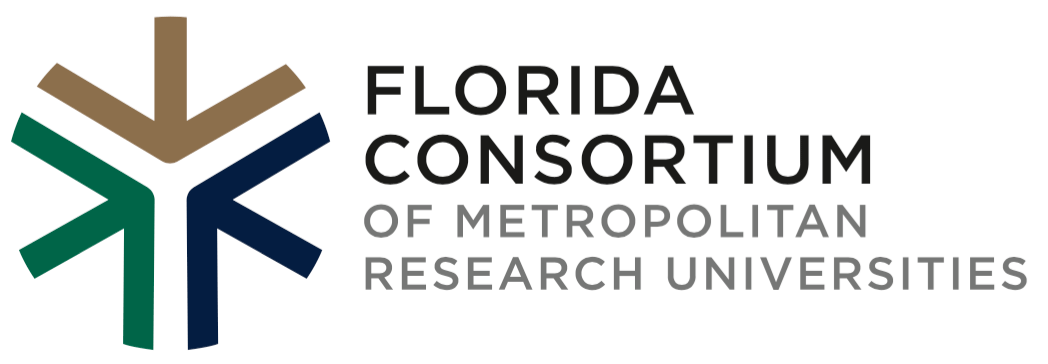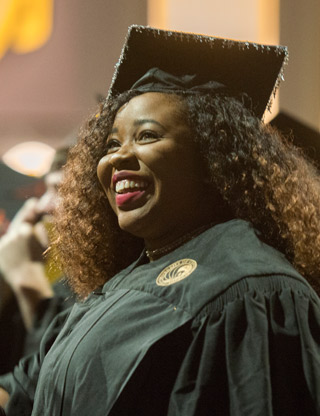What will the campus of the future look like? Will collaboration play a critical role in this new campus? These were just two of a myriad of questions posed to 2017 NASPA Student Affairs Drive-In participants. This annual event brought over 300 student affairs professionals to the sunshine state to discuss local and national trends in higher education. Overall, the event highlighted both the policy and professional future of universities during uncertain times in higher education. Dr. Amelia Parnell, Vice President for Research and Policy at NASPA, gave the keynote. She highlighted many of the student success initiatives that will bring new challenges and opportunities to universities. However Dr. Parnell highlighted three trends that Florida Consortium is already working hard to address. According to the Florida Chamber of Commerce the State of Florida will need to create over 2,000,000 new, career tracked jobs to fill the needs of the growing population and economy. This means universities must be a major contributor to the 11,000,000 new degrees that the Bill and Melinda Gates Foundation projects will be needed by 2030 to meet current job growth. But how do we get there? Dr. Parnell suggests three areas where Florida and the United States can improve:
- Closing the achievement gap
- Bringing personalized learning to scale
- Cross-cutting skills so students can begin their preparation for the workforce at an earlier time in their college career.
FIU, UCF, and USF are national leaders in closing the achievement gap. In 2015 the Chronicle of Higher Education ranked Florida International University as one of the best schools for social mobility and all three universities combine to produce one out of every twenty bachelor’s degrees that is awarded to a Hispanic person in the United States. At all three universities task force level groups have been formed to investigate and identify at risk populations through the use of predictive analytics and common sense. This has resulted in all three universities closing their respective achievement gaps by 10% or more in every student category since 2010.
There is no doubt our three universities are big but with over 170,000 students it can be easy to get lost. But our three universities are working on teaching methods that make large classrooms feel small. For example, the University of Central Florida has adopted assistive technology like the Virtual Reality software at Embodied Labs. This VR technology can be used in the classroom to allow students to see what their future patients see and feel and use that information to work in small groups to come up with better treatments and solutions. This same technology is being adopted at USF and FIU for similar purposes and faculty from all three universities are working together to compare notes and best practices.
Finally, the need for diverse skill sets to better prepare for the workforce is critical. The University of South Florida is leading the way through the adoption of new video packages that can be used by faculty to teach so-called “soft skills” like communication and teamwork through the use of 15 minute videos and follow-up skill building exercises. These ready-made lessons are perfect for the classroom and for faculty to add depth to their lessons and they are free to use compliments of USF Career Services. UCF and FIU are using these scripts to build their own modules.
It’s this sort of collaborative work and sharing that leads to better results, deeper understanding and a more efficient workload for all higher education professionals. The 2017 NASPA Drive-In helped highlight that work. Florida Consortium Executive Director, Dr. Michael Preston presented the Consortium’s efforts which has already led to even more opportunities to collaborate. After all, this is where all of this is going.

